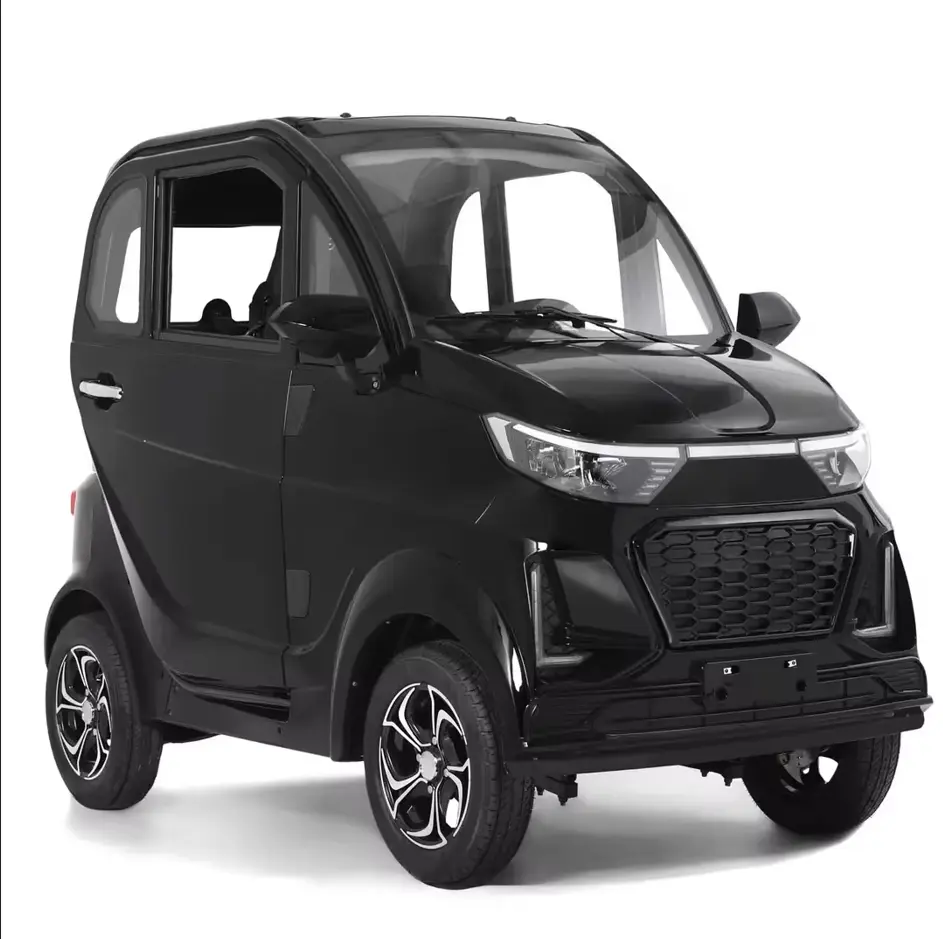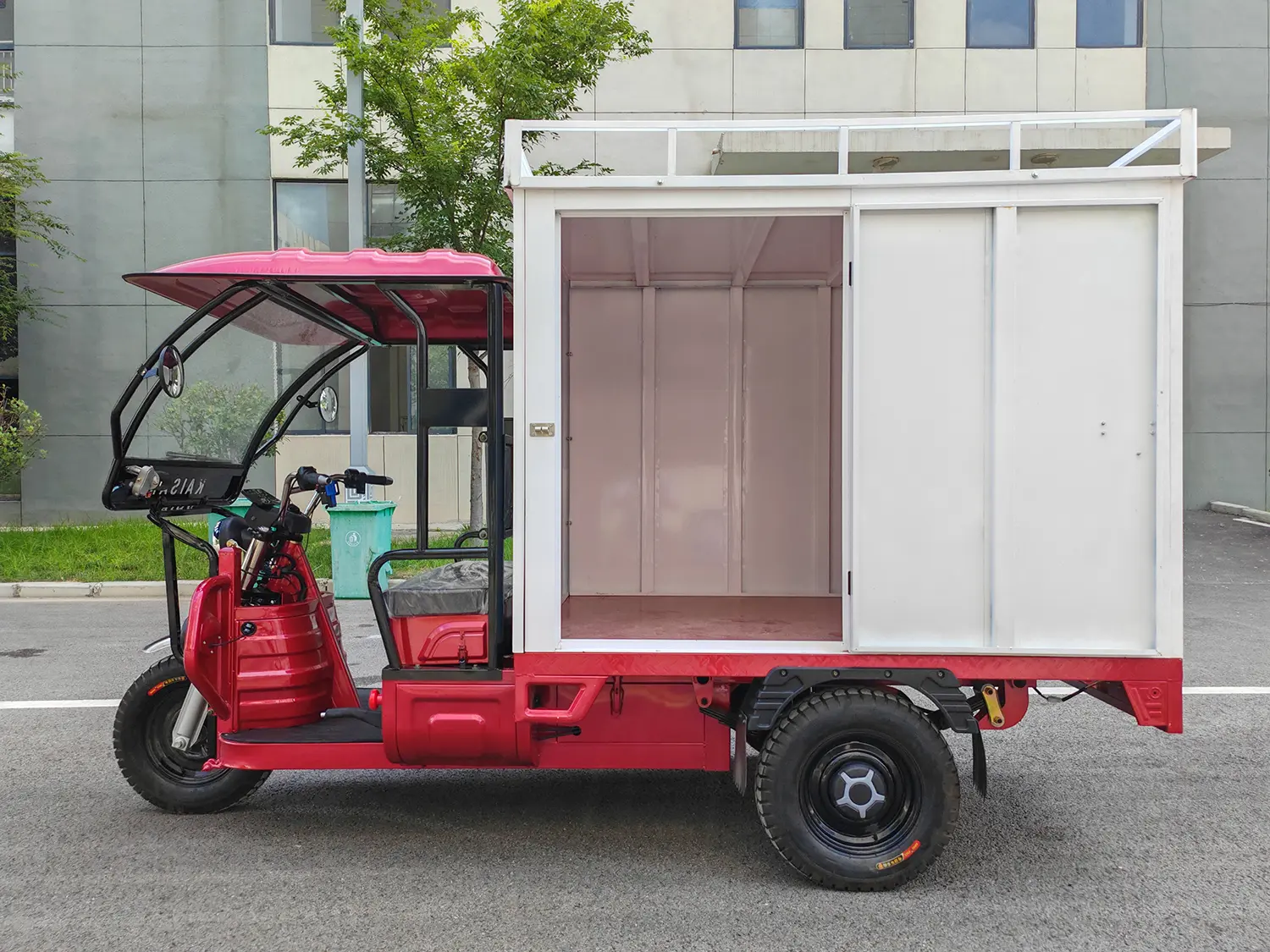Electric tricycles, or electric trikes, are gaining traction as a versatile and eco-friendly mode of transportation. But are they legal to ride on public roads? This article clarifies the legality of electric tricycles in the u.s, helping you understand the rules and regulations and confidently navigate the streets. If you’re considering an electric trike for commuting, deliveries, or recreation, understanding its legal status is essential.
What is the official classification of an electric tricycle?
The classification of electric vehicles, particularly electric bicycles and electric trikes, plays a crucial role in determining their legal status. In the u.s, federal regulations for electric trikes often categorize them similarly to electric bicycles. This classification typically hinges on factors like motor power and maximum speed. Understanding this categorization is the first step in ensuring you’re operating your electric trike legally.
Generally, if an electric tricycle is equipped with fully operable pedals and an electric motor that assists with propulsion, it often falls under the same umbrella as electric bicycles. This means it might be subject to similar rules and regulations. However, it’s important to note that the exact definitions and thresholds can vary, making it crucial to delve into both federal and state laws.
Do federal regulations for electric trikes exist in the U.S.?
Yes, there are federal regulations for electric trikes in the u.s, primarily managed under the umbrella of low-speed electric bicycles. The consumer product safety commission (CPSC) has established guidelines defining these electric bicycles, which often extend to 3 electric wheeled vehicles like electric trikes. According to federal law, a “low-speed electric bicycle,” which can include electric trikes, is defined as a two- or 3 electric wheeled vehicle with fully operable pedals, a motor of no more than 750 watts, and a maximum speed of 20 mph when powered solely by the electric motor.
This federal law provides a baseline, but it’s essential to remember that states can adopt and even modify these regulations. Therefore, while federal regulations for electric trikes offer a starting point, the specific legality in your area will ultimately depend on state and local laws. This is why understanding the interplay between federal and state rules is crucial for electric trike owners.
How do state and local laws affect electric trike legality?
While federal law provides a foundation, the practical legality of electric trikes is significantly shaped by state and local laws. Many states have adopted by many states the federal definitions of low-speed electric bicycles, applying the same rules and regulations to similar electric trikes. However, there’s considerable variation state to state. Some states classify electric trikes into different classes, mirroring the classification system used for electric bicycles (Class 1, Class 2, and Class 3).
For instance, some states allow Class 1 and Class 2 e-trikes on bicycle paths, while others might restrict them. Similarly, helmet laws, requirements for licensing and registration, and where you can legally operate your electric trike can differ significantly. Local laws can vary even within a state, meaning city ordinances might impose additional restrictions or allowances. Always understand their local laws before riding your electric trike on public roads. It’s crucial to consult your state laws and local regulations to fully understand their legal standing.
| Factor | Federal Regulation | State and Local Regulations |
|---|---|---|
| Definition of Electric Trike | Motor | May adopt federal definition or create own classifications |
| Licensing & Registration | Generally not required for low-speed electric bicycles | Varies; some states may require for certain classes |
| Helmet Laws | No federal mandate for adults | Vary widely; some require for all riders, others for specific ages |
| Where You Can Ride | N/A | Significant variation; depends on classification and local ordinances |

Do many states require a license to ride an electric tricycle?
Generally, many states do not require a license to ride an electric tricycle that falls under the classification of a low-speed electric bicycle. This means if your e-trike adheres to the federal guidelines (a maximum speed of 20 mph and a motor of 750 watts or less), you likely won’t need a license. The intention behind these regulations is to treat these types of electric vehicles more like traditional bicycles and tricycles.
However, there are exceptions. If your electric tricycle exceeds these specifications, some states impose stricter rules, potentially classifying it as a motor vehicle and thus requiring a driver’s license, registration, and insurance. It’s also worth noting that even in states where a general license isn’t needed, there might be an age requirement to ride an electric bike or electric trike on public roads. Always check your specific state laws and local regulations to confirm whether you require a license or if there’s a minimum age. For example, New Mexico require riders under 18 to have a license or permit to operate an electric bicycle on roadways.
Are there specific helmet laws for electric trike riders?
Helmet laws for electric trike riders vary considerably state to state. While there isn’t a federal mandate requiring helmet use for adults riding low-speed electric bicycles or electric trikes, many states require helmets for younger riders. The age at which this requirement applies differs, with some states mandating helmet use for those under 16, while others set the limit at 18.
Even if your state doesn’t require helmets for adults, it’s always a good idea to wear one for safety. An electric trike can reach speeds of 20 miles per hour or even 28 miles per hour for certain classes, and wearing a helmet can significantly reduce the risk of head injuries in case of an accident. Remember to check your state and local laws to understand the specific helmet laws in your area. Prioritizing safety as a rider is crucial, regardless of the legal requirements.

What are the speed limits and other operational rules for electric trikes?
Understanding the speed limit and operational rules is crucial for riding your electric trike legally and safely. For electric trikes classified as low-speed electric bicycles, the federal law sets a maximum speed of 20 mph when powered solely by the electric motor. However, state laws can further refine these limits or introduce specific regulations based on the classification of electric vehicles.
Many states follow a three-tiered classification system for electric bicycles, which often extends to electric trikes:
- Class 1: Electric bike where the electric motor assists only when the rider is pedaling, ceasing to assist at 20 mph.
- Class 2: Electric bike equipped with a throttle, allowing propulsion without pedaling, but the assistance stops at 20 mph.
- Class 3: Electric bike where the electric motor assists only when the rider is pedaling, but the assistance continues up to 28 miles per hour.
The operational rules, such as where you can ride your electric trike, often depend on this classification. For example, class 1 and class 2 e-trikes are frequently permitted on bike paths and bike lanes, while Class 3 models might face restrictions. Always adhere to posted speed limit signs and traffic laws to ensure safe and legal operation.
How does the classification of electric bikes influence electric tricycle rules?
The classification of electric bikes significantly influences the electric tricycle rules due to the common legal framework treating them similarly. As mentioned, the three-class system for electric bicycles (class 1, class 2, and class 3) is often mirrored in how states classify and regulate electric trikes. This means the legality of where you can ride, whether you need a helmet, and other operational aspects often depend on which class your electric trike falls into.
For instance, if a state allows class 1 and class 2 electric bike on bike lanes, they will likely extend the same permission to comparable electric trikes. Conversely, restrictions on class 3 electric bikes, such as being prohibited from certain bike paths, might also apply to similar e-trike models. Understanding this connection is vital for electric trike owners to navigate the rules and regulations effectively.
Are electric trikes generally allowed on bike lanes and bike paths?
The allowance of electric trikes on bike lanes and bike paths depends largely on their classification and local regulations. Generally, electric trikes that fall under the class 1 and class 2 categories, mirroring electric bicycles, are often permitted on these shared-use paths. These classes typically have a maximum speed of 20 mph and are viewed as similar to traditional bicycles and tricycles in terms of their impact on other road users.
However, class 3 electric trikes, which can reach speeds up to 28 miles per hour, might face restrictions on some bike paths due to their higher speed potential. It’s crucial to consult state and local laws to determine the specific regulations in your area. Pay attention to signage and local ordinances, as these can provide the most accurate guidance on where you can legally operate your electric tricycle.

What safety standards do electric trikes need to meet to be street legal?
To be street legal, electric trikes must generally adhere to certain safety standards, often aligning with those for low-speed electric bicycles. These standards are in place to ensure the safety of the rider and other pedestrian and vehicle traffic. The consumer product safety commission sets federal standards for electric bicycles, covering aspects like braking performance, lighting, and reflectors.
Many states adopt these federal guidelines or have their own specific requirements. Ensuring your electric tricycle has adequate brakes, functional headlights and taillights for nighttime riding, and appropriate reflectors is crucial for compliance. Additionally, the electric motor and battery should meet safety certifications to prevent hazards. Always check with your local laws and regulations and the department of motor vehicles for specific safety standards that electric trikes must meet in your area to be considered electric trikes legal and electric trikes street.
Where can you find the most up-to-date information on electric trike legality in your area?
Finding the most current information on electric trike legality requires consulting several sources. Your state’s Department of Motor Vehicles (DMV) website is a primary resource for state laws regarding electric vehicles, including electric bicycles and often electric trikes. Look for sections related to electric bike regulations or low-speed vehicles.
Additionally, check your local regulations and city ordinances, which might have specific rules about operating electric trikes on public roads, bike lanes, and bike paths. Websites for your city or county’s transportation department or police department can be valuable. Local bicycle advocacy groups may also offer insights into the legal status of electric trikes in your area. Remember, local laws can vary, so it’s essential to gather information from both state and local levels to fully understand their legal landscape.
Key Takeaways:
- Federal law defines low-speed electric bicycles (often including electric trikes) with a maximum speed of 20 mph and a motor of 750 watts or less.
- State and local laws significantly influence electric trike legality, with variations in classification, helmet laws, and where you can ride.
- Most states do not require a license for electric trikes meeting the federal definition of low-speed electric bicycles.
- Helmet laws vary; some states require helmets for younger riders.
- The classification of your electric trike (similar to electric bike classes) impacts where you can legally ride.
- Safety standards for electric trikes often align with those for electric bicycles, focusing on braking, lighting, and reflectors.
- Consult your state DMV and local regulations for the most up-to-date information on electric trike legality.
For those interested in exploring high-quality electric cargo tricycles, consider browsing our selection. You can also find more information on our specific EV5 Electric passenger tricycle model. If you’re looking for a more compact option, check out the details on our EV31 Electric passenger tricycle. For businesses needing robust cargo solutions, our Electric cargo tricycle HJ20 might be the perfect fit.
Post time: 01-21-2025




